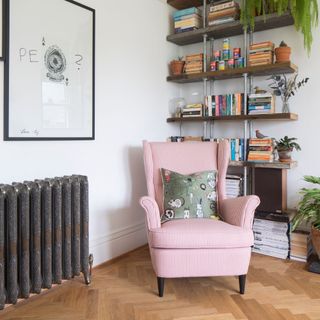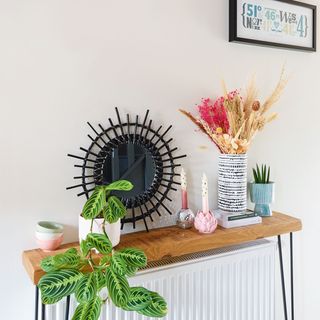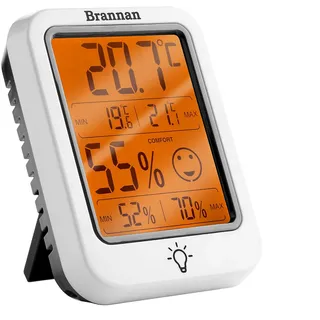Adjusting the numbers in your radiator valves, do you truly know what they suggest? Positive, it’s true you make the most of them to manage the temperature nevertheless that’s not exactly what the dial does – it actually has nothing to do with the actual temperature of a room.
Now winter is true right here and central heating strategies are being turned on all through the nation, we’re using our radiators far more, so realizing use them accurately, is crucial in the event you want to save energy at dwelling.
To stop you from making any further heating errors, heating specialists have outlined exactly what the dials in your radiator do.
What do the numbers suggest?

(Image credit score rating: Future/James French)
Radiator dials are additionally known as thermostatic radiator valves (TRVs). You probably can often spot the dials as two lump-like shapes on the side of your radiator. Most radiators have the numbers from one to five, and whereas to an extent they relate to temperature, it’s not a selected diploma – they signify the desired comfort stage throughout the room.
‘The numbers on the valve correspond to the room temperature, not the radiator’s internal temperature, working to manage the water flow into into the radiator,’ explains Nicholas Auckland, heating and energy educated at Commerce Radiators.
‘As an example, setting the dial to 1 will make the radiator come on when the room temperature is beneath 10°C, sustaining it spherical that temperature. This attribute is useful for the likes of a spare mattress room, which is not ceaselessly used nevertheless additionally must not be saved too chilly.
‘Equally, setting the dial to 5 will activate the radiator each time the room temperature falls beneath 30°C, which might most likely end in extreme gasoline funds because of sustaining a relentless extreme temperature. Having it on stage 5 signifies that it will proceed allowing scorching water into the radiator until the room temperature reaches the extreme stage of 30°C. Should the temperature fall beneath 30°C, which might most likely be the overwhelming majority of the time, scorching water will resume circulation throughout the radiator.’
What is the best amount to take care of your radiator on?

(Image credit score rating: Future PLC / Caroline Mardon)
Each amount on the dial roughly correlates to a room temperature differ. Nick Duggan, Managing Director of The Radiator Centre, explains:
- 1 = 12°C (minimal warmth, a cool room).
- 2 = 16°C (comfortable for less-used areas).
- 3 = 20°C (common entrance room temperature).
- 4 = 24°C (warmth, for colder days).
- 5 = 28°C+ (scorching, not typically needed).
When your heating system is on, Nick recommends defending your entrance room at amount 3 on the dial as it is a comfortable temperature for: ‘comfortable temperature for sitting, stress-free, and regular train.’
He then recommends the mattress room must be saved at 2 as cooler temperatures are further comfortable for sleeping, within the meantime, your hallways and landings could also be saved between 1 and a few to preserve energy costs low.
Nonetheless, Nick does counsel defending your toilet between 4 and 5 if it has a radiator. ‘Bogs revenue from larger temperatures to take care of them cosy and forestall condensation or dampness,’ he says.

Brannan Indoor Digital Room Thermometer Hygrometer With Max Min Recording and Backlight LCD
One of many easiest methods to take care of monitor of the temperature of your room is thru a thermometer. Monitoring the temperature of your room can help you assure you will have the radiator on the fitting amount. This thermometer moreover screens the humidity of a room for optimum comfort.
Determining how your radiator valves work is crucial, as having the dial larger than you need can put added stress in your heating as a result of it struggles to heat your room to that temperature stage. Retaining the dial between 2 and 4 over winter is the most effective setting for basically probably the most comfort and fewer strain.
